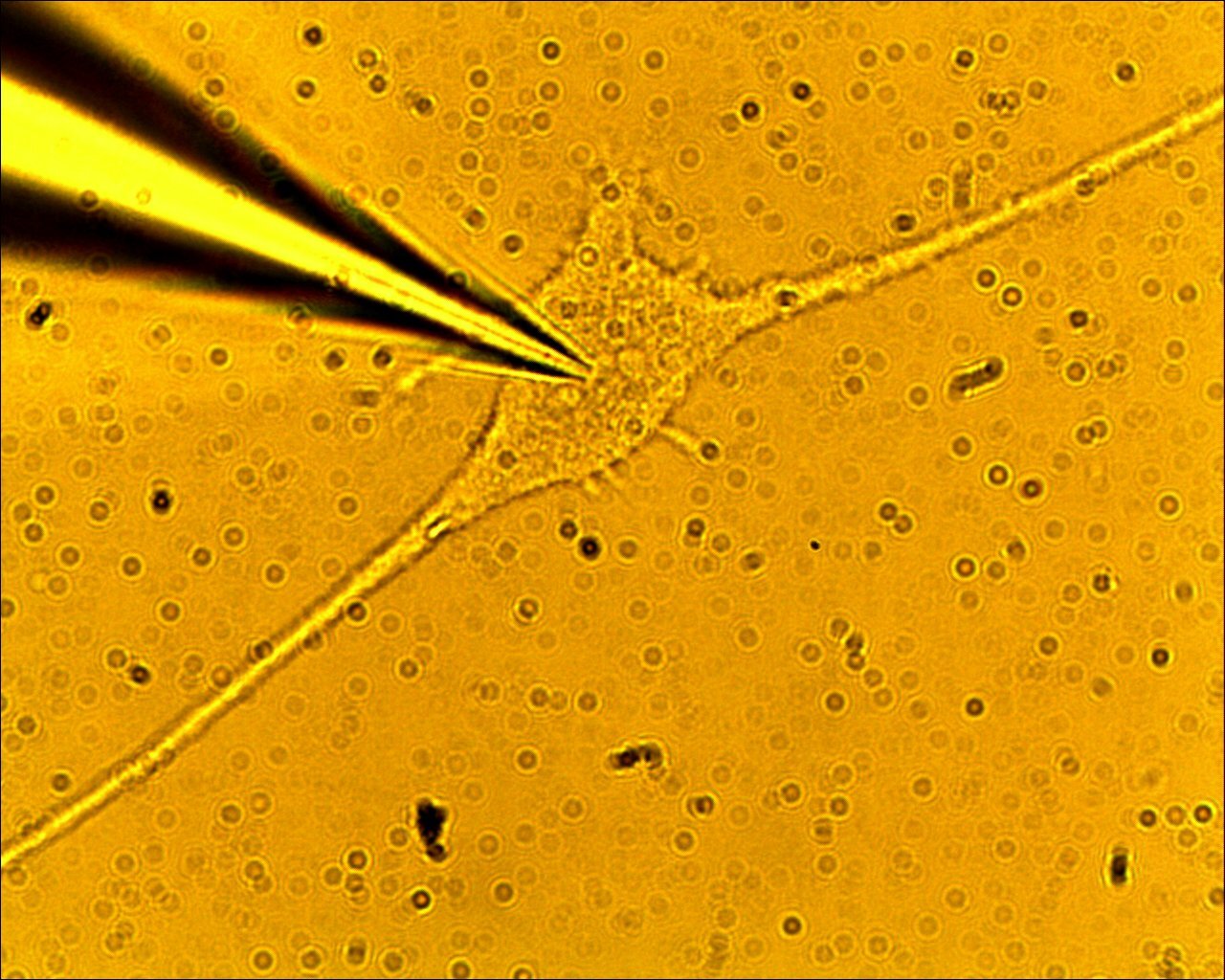RESEARCH OPPORTUNITIES
Massively Parallel Optical Imaging of Cognition Events in Neuronal Networks in Freely Behaving Mice
We have recently implemented for the first time in Australia the “miniscope” technique, in which we put small fluorescent microscopes into mouse brains and observe the activity of hundreds of neurons over many months while the animal is performing cognitive tasks.
Can we Fix Dementia with Deep Brain Stimulation?
Deep brain stimulation is incredibly effective for some neurodegenerative conditions such as Parkinson’s disease. Despite the success of this technique, little is actually known about how it works.
Brainwave and electrophysiological biomarkers of cognition enhancing drugs
Several drugs are able to improve cognitive performance quite considerably in animal models, and to some extent in humans. They are known as “nootropics”. This projects aims to study how brain wave patterns in mice change with these drugs, both to understand how they work, as well as to find biomarkers to identify such agents.

How do Anti-Epileptic Drugs Work?
Despite many years of use and research, it is still not clear how even some of the oldest forms of antiepileptic drugs (AED’s) work. This project involves studying the effects of AED’s at several levels of organization of the CNS – single channel (voltage-gated sodium, potassium and calcium channels), single neuron, principal neuron/interneuron dynamics, as well as glial cell effects.

Modelling Epilepsy and Epilepsy Drug Effects
This project involves modelling small networks (initially just 2 neurons) to examine the dynamics of seizure production, as well as how certain anti-epileptic drugs suppress or occasionally exacerbate network oscillations.

Electrophysiological Properties of Human Brain Neuronal Tissue
This project presents an almost unique opportunity to study human brain tissue at the single neuron and network level by utilizing tissue taken in the course of neurosurgical procedures.

Effects of Drugs on Cognition-Related Brain Wave Signals in the Rat
Signals related to cognitive processing, including gamma frequency oscillations and place cells will be recorded with microelectrodearrays. The effects of antipsychotic drugs and some related compounds, including potassium and sodium channel modulators, will be examined.

In vitro Brain Tumour Model
The project has two aims – to examine the effects of conventional and novel treatments on the tumours as well as the development of epileptic drugs.

Sodium Channels in Epilepsy
This project is to study voltage-gated sodium channels, membrane proteins that are the basis of almost all electrical signalling in the nervous system, and so of the greatest significance in normal function, as well as disease states including epilepsy.